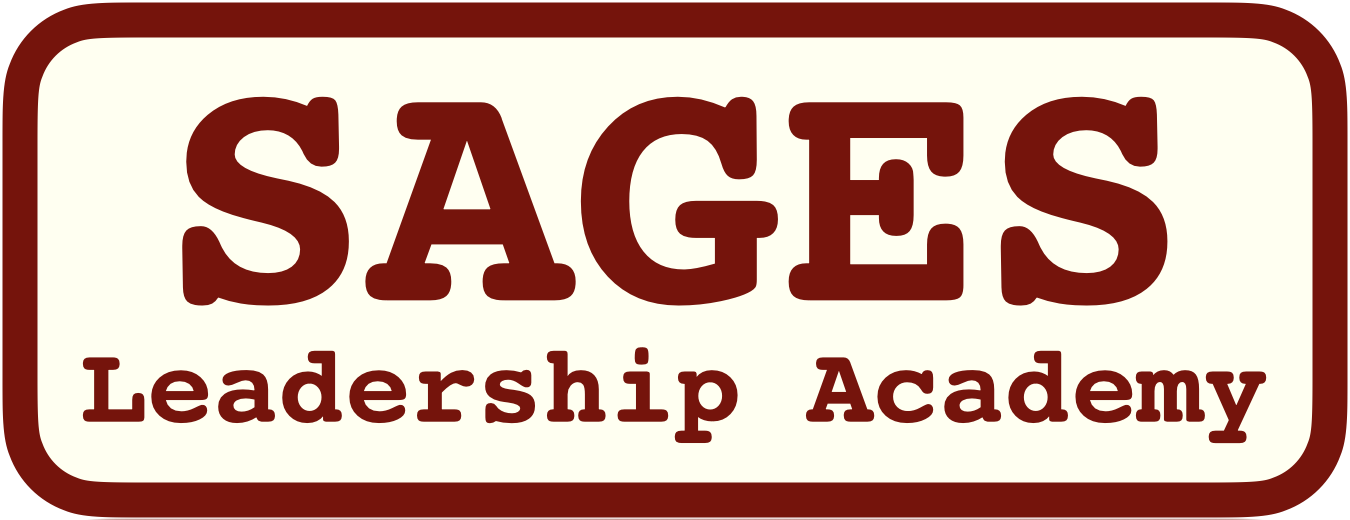Debiasing our Biases

We have cognitive biases; which are systematic errors in making judgments and thinking that occurs when people are processing and interpreting information in the world around them.
We have mentioned some Cognitive biases in independent articles on this site. In those articles we have talked about how to overcome that particular bias.
In this article I will outline broadly the steps for, being on the lookout and debiasing ourselves.
Awareness- This includes not just knowing what heuristics and biases are, but also in what situations these errors get triggered, like those in the previous exercise. You can look at situations and try and predict the biases likely to occur, or reflect on situations to see which ones we are more susceptible to.
Decision – You must decide to take action. In this step evaluate if you are willing to spend the energy to correct these biases. As we have seen, it is not always required. In some events heuristics are advantageous and biases protect us. Thus decide where you want to slow down and think deeper instead of relying on these automatic techniques.
Analyse- Now that you have the awareness of the biases you are prone to and have decided to take action, you must analyse, when, which, where, how and why this bias is likely to affect you. As we have noted, different situations trigger different biases. As we start noticing where we falter, we should also think about why?
Plan- Based on your above analysis, you must now plan your strategy, on how you will overcome this bias. Some techniques we have included while discussing about biases. But. It may differ according to why a particular bias affects you. For instance, take the affect bias, we might be feeling more stressed in certain situations because of our past experiences of similar situations. In that event we need to be aware of why our emotions are triggered and remind ourselves this is a similar situation not the same one, and take account of what our resources are now to handle it. In the same way there will be individual differences. Which is why analyses and plans will be specific to you.
Implement- as Nike says, just do it.
Now having read all the biases on this site, I will give an example on how to use the above steps. If I plan to buy some clothes for myself. The biases I would be prone to would be the bandwagon effect (other’s opinions), and the halo effect (brands and models). I have decided to spend the effort to take the onus of my choice. So, if I am feeling pressured by my peers to buy certain products, I plan to say “let me consider some more options” or “let me think about this a bit” and slow down my time to think through the good and bad of the product.
To counter the halo effect I will judge the product based on how it looks on me, and the quality of the material only and look at several products of different brands. With my strategy in place, I now just have to implement it on my shopping trip.
Self-Exercise: You can use the example I have given as a model; to write down a situation and plan how you will counter your biases. You can pick two situations. After that, you can then upload your plan to debias yourself in the two situations.
Debiasing ourselves is a step towards self monitoring, which can be very hard. These are also topics that we have introduced ourselves to for the first time. So, first I would like to commend you for investing time into yourself, Kudos! and second, remember to be very patient with yourself, this process takes time. In fact even after practice you will find yourself falling prey to them. We cannot completely rid ourselves of biases. We can only lessen its effects. These steps will help you grow and challenge yourself. Well done! And all the best!

